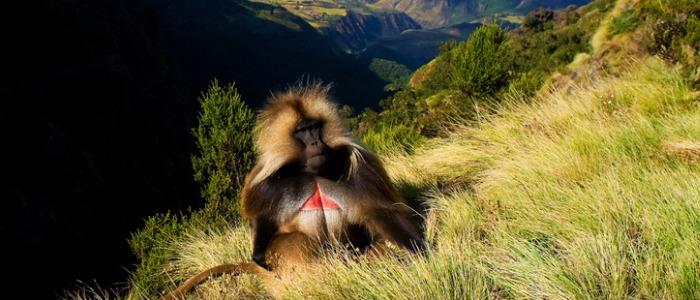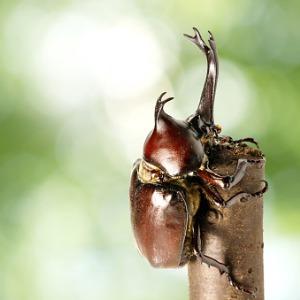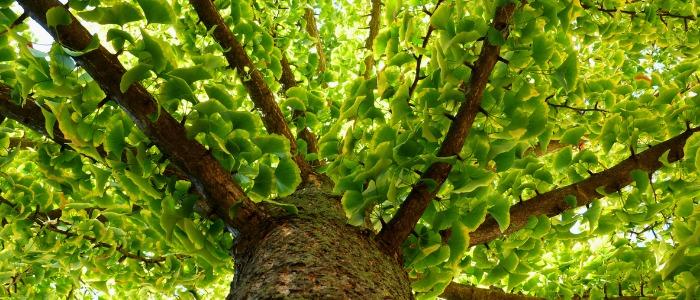New microbes discovered in gelada baboons, alpaca and a rhinoceros beetle
Posted on October 8, 2019 by Matt Bassett
Each month, the Microbiology Society publishes the International Journal of Systematic and Evolutionary Microbiology (IJSEM), which details newly discovered species of bacteria, fungi and protists. Here are some of the new species that have been discovered and the places they’ve been found.
This month, microbes were found in a plethora of animals and plants. Starting with the mammals, a group of researchers discovered a new Actinobacillus species that they are naming Actinobacillus vicugnae. Actinobacillus species infect a range of animals, including sheep, pigs, horses, cattle and birds, but this novel species was isolated from alpaca (Vicugna pacos) living in the UK. The second species found on mammals was Alloscardovia theropitheci. This new species was isolated from a faecal sample from an adult gelada baboon (Theropithecus gelada) in the Parco Natura Vida Gardo Zoological Park in Bussolengo, Italy. Sometimes called the 'bleeding heart' monkey, due to the characteristic red patch of skin on their chest, geladas are native to the highlands of Ethiopia, and are the only primates that are primarily grazing graminivores – 90% of their diet is grass.

The final mammal source of new microbes this month was a thoroughbred horse. Researchers isolated Streptococcus hillyeri from a tracheal sample of a 3-year-old thoroughbred colt from East Anglia, England. The Streptococcus genus contains a range of bacteria, including some important pathogens, such as S. equi which causes strangles in horses, and S. uberis which is a common cause of bovine mastitis.

It wasn’t just mammals this month, as the next microbe discovered was isolated from the gut of the rhinoceros beetle (Allomyrina dichotoma). The new yeast species, Metschnikowia baotianmanensis, belongs to a genus that was described more than 100 years ago and contains over 81 species. Species belonging to the genus Metschnikowia are often isolated from fruits, plant tissues, flowers, flower-pollinating insects and digestive tracts of infects that feed on these substrates.
Turning to the freshwater and marine environments, researchers isolated Undibacterium piscinae from the intestinal tract of a Korean shiner, Coreoleuciscus splendidus, a small, freshwater fish endemic to rivers of the Korean peninsula. Researchers also discovered a new species of bacteria from abalones (Haliotis discus hannai) collected from a farm in Jinjiang, China. The researchers are naming the species Cohaesibacter intestini as the bacteria was found in an abalone’s intestine. A marine sponge from the Chuuk Lagoon, Federated States of Micronesia, was the source of the new species Parashewanella tropica. Researchers described P. tropica as mesophilic, meaning it grows best in moderate temperatures – typically between 14 and 21 degrees centigrade.

It wasn’t just animals that were the source of new microbes this month, as researchers discovered a new species in the ginkgo tree (Gingko biloba). The species was isolated from the phyllosphere – the above ground portion of the plant including stems, leaves, flowers and fruits – and was named Sphingomonas ginkgonis after the tree. Researchers also discovered Corticimicrobacter populi from the bark of a Populus tree infected by Lonsdalea populi. The L. populi had caused canker, a plant disease primarily effecting woody plants, which is caused by numerous species of fungi and bacteria. The disease effects the stems, twigs, limbs and trunk, and can cause a variety of symptoms, including sunken, swollen, flattened, cracked, discoloured or dead areas.
The full papers describing these species are available to journal subscribers, but the abstracts are free to read. Articles can also be purchased individually with the pay-per-view option.

